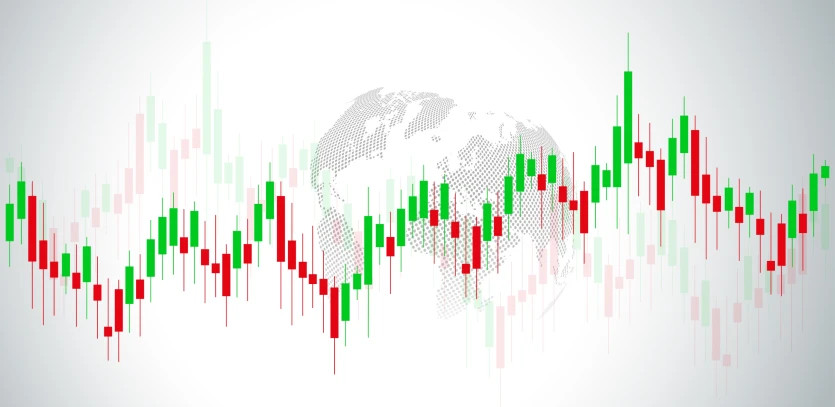Margins are a hotly debated topic in a Forex trader’s world. For some, trading on margin is a way to take their earnings to a whole new level.
Others argue that with too much margin, it’s easy to get carried away. In truth, the outcome of trading on margin depends greatly on the skill, style and experience of each individual trader.
Trading on margin can be a hugely profitable strategy for many Forex traders, so it's important to understand the basics of how your trading account functions. Before we continue, let’s break down the meaning of "Margin".
Margin refers to the amount of funds that must be held in a trader’s account to maintain their open trades. This can be thought of as a deposit used to cover a fraction of the risk that the trader generates for the Broker.
The required margin will depend on the leverage setting that your Broker allows you to apply to your trading account.
With EagleFX, traders benefit from up to 1:500 leverage trading on Forex, Crypto, Stocks, Indices and more! Sign up to trade at EagleFX !
Understanding Margin and Leverage
One of the key advantages of CFD trading is the potential to maximise profits through leverage. When trading with leverage, the client deposits a fraction of the full value of their position (ie. the margin), and the Broker loans them the rest.
For example, if a trader wants to open a position worth $50,000 using a 1:500 leverage ratio, the amount of margin they will require is just $100. This means that for every $500 of currency in an open position, $1 is required for the margin. Therefore, the Broker will contribute $500 for every $1 deposited by the client.
Free Margin, Equity and Balance: What’s the Difference?
Now that you’ve understood what margin is and how it is connected to leverage, it’s time to dive into the terms "Free Margin", "Equity" and "Balance". When trading through the award-winning MetaTrader 4 platform, these three figures will always be displayed at the bottom of your screen.
The balance simply means the amount of funds currently held in your trading account, while Free Margin indicates how much of those funds are available to be used to open new positions. If you have any open trades, the free margin figures will be constantly fluctuating based on ongoing price movements, but your balance will remain static until a position is closed!
Your Equity displays the sum of your balance and any unrealised profits or losses from open positions. If you don’t have any open positions, then your Equity will be equal to your Account Balance. Otherwise, it will also be fluctuating along with your Free Margin.
Understanding how margin and leverage work can be tricky at first. With EagleFX, traders can open a Free Demo Account to practice trading without any risk at EagleFX !
Margin Level, Margin Calls and Stop-Outs
To protect client accounts from going into a negative balance, online Brokers user Margin Levels, Margin Calls and Stop Outs. The Margin Level is a ratio of Equity to Used Margin, which determines whether a client can continue to open new positions with the margin available in their account. This is calculated as follows:
Margin Level = (Equity / Used Margin) x 100
With a Margin Level of 100%, your account equity would be equal to your used margin. Therefore, you would not be able to open new positions unless your unrealised profits from open trades increase.
In situations when the markets continue to move against your current positions, your Broker will issue a ‘Stop Out’ order to automatically close your largest open trade and prevent your account from going into negative balance.
Before this happens, your Broker will issue a Margin Call to notify traders that your margin level has fallen below a certain percentage. This acts as a warning for traders who are incurring significant losses as a result of their trades, but the level at which a Margin Call occurs may vary from broker to broker.
In Conclusion:
In an ideal scenario, no trader would ever want to be at the receiving end of a margin call. But there are tools that traders may use to avoid losses when trading with leverage.
By implementing Stop-Loss orders and Take-Profit orders on every position, traders can manage their risks effectively to focus on profiting rather than losing funds.
Are you ready to take your earnings up a notch? Sign up to EagleFX and start trading Forex, Crypto, Stocks, Indices & Commodities with up to 1:500 leverage! Create your free account here!





